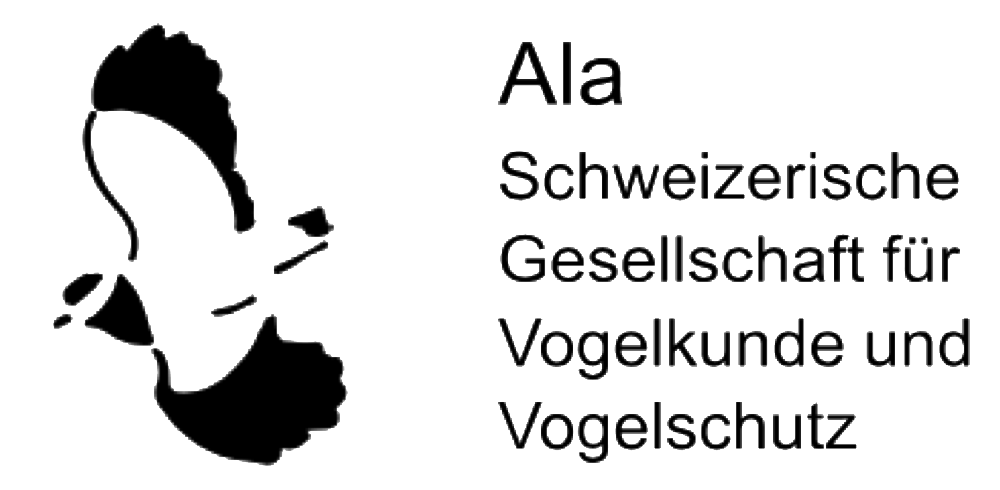Inhalt Ornithol. Beob. Band 95, Heft 1, März 1998
[Contents Ornithol. Beob. Vol. 95, No. 1, March 1998]
Online Index
Ludwichowski, I.: Einfluss des Alters auf brutbiologische Parameter bei norddeutschen Schellenten Bucephala clangula. [The influence of female age on breeding parameters in Common Goldeneyes Bucephala clangula in Northern Germany.]
1
Blattner, M.: Der Arealschwund des Haselhuhns Bonasa bonasia in der Nordwestschweiz. [The range loss of Hazel Grouse Bonasa bonasia in northwestern Switzerland.]
11
Kéry, M. & B. Posse: Auftreten des Schlangenadlers Circaetus gallicus in der Schweiz von 1900 bis 1993. [Distribution of the Short-Toed Eagle Circaetus gallicus in Switzerland from 1900 to 1993.]
39
Knaus, P. & J. Jelen: Brutnachweis des Wanderfalken Falco peregrinus auf 1760 m.ü.M. (Nordbünden, Schweizer Alpen). [Breeding records of the Peregrine Falcon Falco peregrinus at 1760 m above sea level (Alps of Grisons, Switzerland).]
55
Kurzbeiträge [Short Communications]
Jordi, A. & P. Lustenberger: Ein Spornpieper Anthus richardi bei Ins BE. [A Richard's Pipit Anthus richardi near Ins, canton of Berne.]
61
Hüppin, L.: Vierter Nachweis der Blauflügelente Anas discors in der Schweiz. [Fourth record of the Blue-winged Teal Anas discors in Switzerland.]
63
Aye, R. & T. Stalling: Erstnachweis der Rothalsgans Branta ruficollis für die Schweiz. [First record of the Red-breasted Goose Branta ruficollis in Switzerland.]
64
von Hirschheydt, J.: Adoption von Hausrotschwanz-Nestlingen durch ein Bachstelzenpaar führt zum Verlust der eigenen Brut. [Adoption of Black Redstart nestlings by a pair of White Wagtails leads to the loss of their own young.]
66
Knaus, P.: Erste Brut eines phänotypisch reinen Nebelkrähenpaares Corvus corone cornix in der Schweiz nördlich der Alpen. [First breeding record of purebred Hooded Crows Corvus corone cornix in Switzerland north of the Alps.]
68
Schriftenschau [Reviews]
71
Ala Schweizerische Gesellschaft für Vogelkunde und Vogelschutz
Mitteilungen des Vorstandes
74
Schweizerische Vogelwarte
Marti, C.: 58. Tagung der Mitarbeiterinnen und Mitarbeiter vom 24./25. Januar 2998
75
Nachrichten
78














